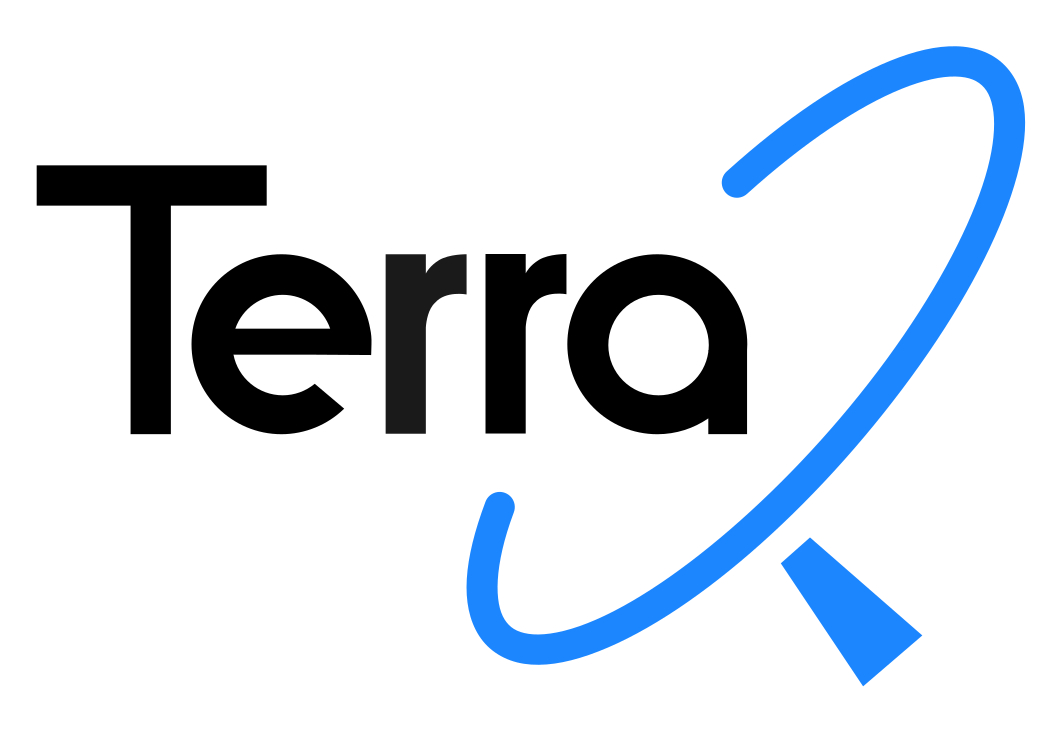Research Area A develops new quantum sensors for application in geodesy, namely clocks and atomic gravity sensors, both in compact transportable and in large-scale stationary configurations.
Large-scale devices such as a new 10 m atom fountain VLBAI (Very Large Baseline Atom Interferometry) will enable experimental gravimetry with very high sensitivity. Transportable devices will be employed for observing temporal gravity and mass changes in regional campaigns, but the atom gravimeters have to be downsized considerably for field use. For this purpose, we develop chip-scale atomic gravimeters with BEC (Bose Einstein Condensate) atom sources.
The second building block of Research Area A is the operation and advancement of optical clocks and fibre connections to create clock networks. The measurement of relativistic gravitational redshift by optical clocks opens an entirely new toolbox with a height resolution beyond classical geodetic techniques.
Projects of Research Area A
Head of Research Area A
Prof. Dr. Ernst Rasel
Phone
Prof. Dr. Ernst Rasel
Phone
Publications Research Area A
Showing results 1 - 20 out of 25
Heine H, Arnold AS, Le Gonidec M, Griffin PF, Riis E, Herr W et al. A compact high-flux grating chip cold atom source. New Journal of Physics. 2025 Mar 14;27(3):033019. doi: 10.1088/1367-2630/adbc14
Kraus B, Herbers S, Nauk C, Sterr U, Lisdat C, Schmidt PO. Ultra-stable transportable ultraviolet clock laser using cancellation between photo-thermal and photo-birefringence noise. Optics letters. 2025 Jan 14;50(2):658-661. doi: 10.1364/OL.544907
Kuhl A, Koke S, Koczwara A, Waterholter T, Grosche G. Setup and Characterization of a Fiber Brillouin Amplifier Module for Optical Frequency Transfer Over Interferometric Fiber Links. Annalen der Physik. 2025 Feb 24. doi: 10.1002/andp.202400414
Grotti J, Nosske I, Koller SB, Herbers S, Denker H, Timmen L et al. Long-distance chronometric leveling with a portable optical clock. Physical review applied. 2024 Jun 3;21(6):L061001. doi: 10.1103/PhysRevApplied.21.L061001
Stolzenberg K, Struckmann C, Bode S, Li R, Herbst A, Vollenkemper V et al. Multi-axis inertial sensing with 2D arrays of Bose Einstein Condensates. 2024 Mar 13. Epub 2024 Mar 13.
Abend S, Allard B, Arnold AS, Ban T, Barry L, Battelier B et al. Technology roadmap for cold-atoms based quantum inertial sensor in space. AVS Quantum Science. 2023 Mar;5(1):019201. Epub 2023 Mar 20. doi: 10.1116/5.0098119
Delva P, Altamimi Z, Blazquez A, Blossfeld M, Böhm J, Bonnefond P et al. GENESIS: co-location of geodetic techniques in space. Earth, planets and space. 2023 Jan 11;75(1):5. doi: 10.1186/s40623-022-01752-w
Dörscher S, Klose J, Maratha palli S, Lisdat C. Experimental determination of the E2−M1 polarizability of the strontium clock transition. Physical Review Research. 2023 Feb 7;5(1):L012013. doi: 10.1103/PhysRevResearch.5.L012013
Elmaghraby A, Krawinkel T, Schön S, Piester D, Bauch A. On Error Modeling in GNSS-based Frequency Transfer: Effects of Temperature Variations and Satellite Orbit Repeat Times. In Proceedings of the 54th Annual Precise Time and Time Interval Systems and Applications Meeting: January 23 - 26, 2023 Hyatt Regency Long Beach Long Beach, California . 2023. p. 23-37. (Proceedings of the Annual Precise Time and Time Interval Systems and Applications Meeting, PTTI). doi: 10.33012/2023.18699
Jürss T, Grosche G, Koke S. Free-space interferometer design for optical frequency dissemination and out-of-loop characterization below the 10−21-level. Photonics research. 2023 Jun;11(6):1113-1124. Epub 2023 Apr 21. doi: 10.1364/prj.485899
Kermarrec G, Schön S. Common-clock GPS single differences: An improved correlation model for GPS phase observations based on turbulence theory. Advances in space research. 2023 Aug 15;72(4):1081-1093. Epub 2023 Jun 1. doi: 10.1016/j.asr.2023.05.042
Lezeik A, Tell D, Zipfel K, Gupta V, Wodey É, Rasel E et al. Understanding the gravitational and magnetic environment of a very long baseline atom interferometer. In Lehnert R, editor, Proceedings of the 9th Meeting on CPT and Lorentz Symmetry, CPT 2022: Proceedings of the Ninth Meeting on CPT and Lorentz Symmetry. World Scientific. 2023. p. 64-68. (Proceedings of the 9th Meeting on CPT and Lorentz Symmetry, CPT 2022). Epub 2022 Sept 19. doi: 10.48550/arXiv.2209.08886, 10.1142/9789811275388_0014
Albers H, Corgier R, Herbst A, Rajagopalan A, Schubert C, Vogt C et al. All-optical matter-wave lens using time-averaged potentials. Communications Physics. 2022 Mar 16;5(1):60. doi: 10.48550/arXiv.2109.08608, 10.1038/s42005-022-00825-2
Belenchia A, Carlesso M, Bayraktar Ö, Dequal D, Derkach I, Gasbarri G et al. Quantum physics in space. Physics reports. 2022 Mar 11;951:1-70. Epub 2022 Jan 6. doi: 10.1016/j.physrep.2021.11.004
Bondza S, Lisdat C, Kroker S, Leopold T. Two-Color Grating Magneto-Optical Trap for Narrow-Line Laser Cooling. Physical review applied. 2022 Apr 1;17(4):044002. doi: 10.1103/physrevapplied.17.044002
Grotti J, Herbers S, Al-Masoudi AKA, Dörscher S, Koke S, Grosche G et al.. Chronometric leveling using a transportable strontium atomic clock. 2022. Poster session presented at American Geophysical Union (AGU) Fall Meeting 2022, Chicago, Illinois, United States.
Herbers S, Häfner S, Dörscher S, Lücke T, Sterr U, Lisdat C. Transportable clock laser system with an instability of 1.6 × 10-16. Optics letters. 2022 Oct 15;47(20):5441-5444. doi: 10.1364/OL.470984
Krawinkel T, Elmaghraby A, Schön S. Exploring the Technical Limits of GNSS-based Frequency Transfer. In Proceedings of the 53rd Annual Precise Time and Time Interval Systems and Applications Meeting. 2022. p. 188-198 doi: 10.33012/2022.18288
Schioppo M, Kronjäger J, Silva A, Ilieva R, Paterson JW, Baynham CFA et al. Comparing ultrastable lasers at 7 × 10−17 fractional frequency instability through a 2220 km optical fibre network. Nature Communications. 2022 Jan 11;13(1):212. doi: 10.1038/s41467-021-27884-3
Koke S, Benkler E, Kuhl A, Grosche G. Validating frequency transfer via interferometric fiber links for optical clock comparisons. New journal of physics. 2021 Sept 20;23(9):093024. doi: 10.1088/1367-2630/ac21a0












